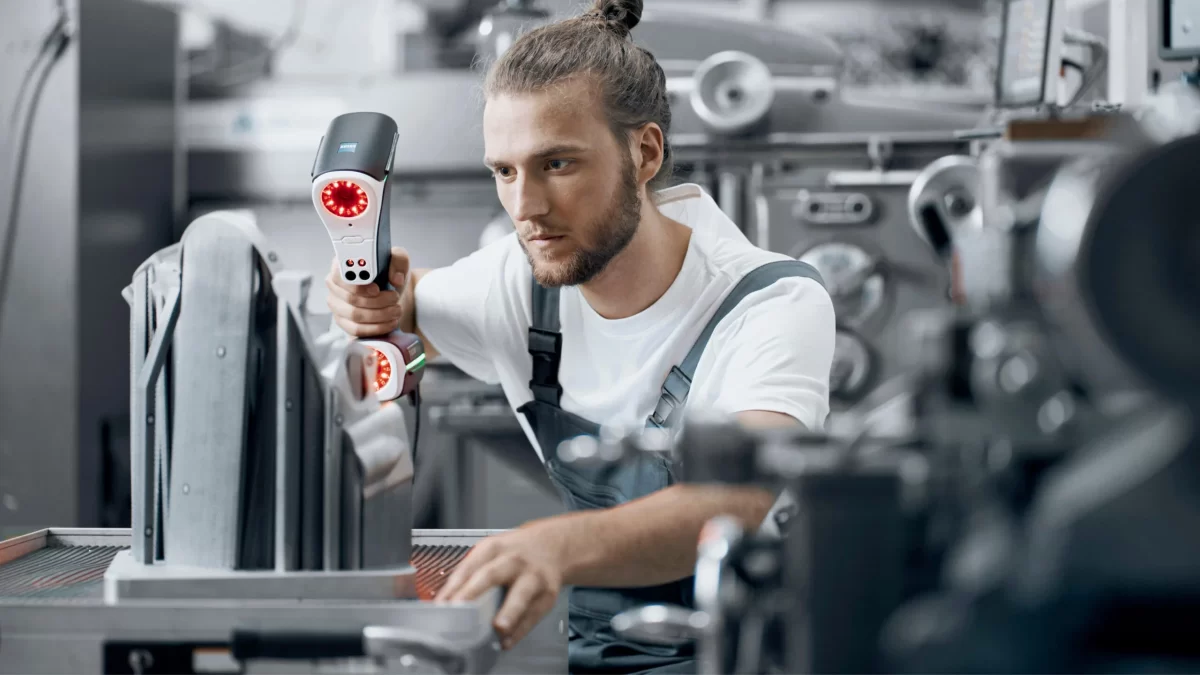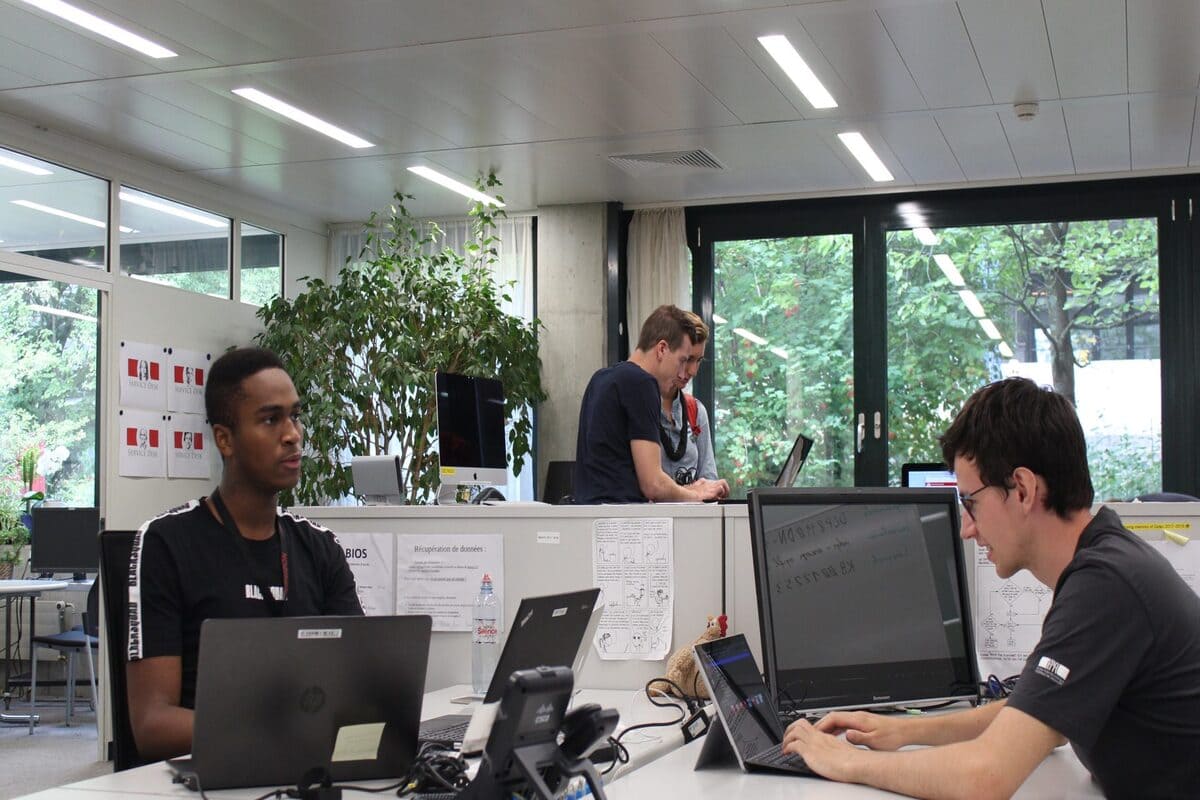In today’s fast-paced society, the need for innovative designs solutions is growing. 3D object scanners are the answer to this problem, as they offer a new way of capturing objects in their full detail. Through the use of cutting-edge technology these services allow individuals and businesses to digitize real-world objects. They open up new possibilities for industries including manufacturing, fashion, architecture and more. In this article, we will delve into the transformative power of 3D object scanning, exploring its benefits, applications, and how it has revolutionized the way we approach design and creativity. A fascinating combination of hardware and software is at the heart of 3D scanning. High-resolution sensors, lasers, and structured lights work together in order to capture all the details of an objects surface. A digital representation is then created. This process involves precise measurements of geometric data. A point cloud is then generated, which provides the basis for realistic 3D model creation. Software algorithms are then used to analyze and convert the data into a useful format. Make a search on the following site, if you’re looking for more details concerning 3d digital scanning services.
3D object scans have a multitude of uses. Rapid prototyping, reverse engineering, and quality control are all possible in the world of product design and manufacture. Architects or designers can seamlessly incorporate real-world settings into digital models. Healthcare professionals benefit from precise anatomical scanning for customized medical solutions. 3D scanning is used by the entertainment industry to bring virtual characters alive in films and video games. The benefits are wide-ranging, including increased productivity, reduced costs and enhanced accuracy. To grasp the impact of 3D object scanning, let’s consider a few real-world examples. In the automobile industry, engineers scan real car parts in order to optimize their weight or aerodynamics. Fashion designers are able to create garments that fit perfectly using body scans. Museums and other cultural institutions can digitize artifacts to preserve them in a digital format, which allows for virtual exhibits and detailed documentation. These examples show the versatility of 3D object scans in different fields.
The potential for 3D scanning will only grow as technology advances. We can expect to see even more sophisticated scanning abilities and seamless integration into design workflows as machine learning, automation, and artificial intelligence continue to develop. Individuals and small businesses can now leverage the power of 3D scanning thanks to its democratization. The future will bring exciting opportunities for design, innovation and limitless creativity. 3D object scanning has revolutionized our approach to design, manufacturing and creativity. By digitalizing real-world objects, with remarkable accuracy, businesses and individuals have access to a variety of opportunities for customization, innovation, and optimization. From product design to healthcare, the applications are endless. 3D scanning of objects will be a major influence on the future of design. It will offer new dimensions of creativity, and redefine what is possible. 3D scanners are a powerful tool that can open up countless possibilities.










